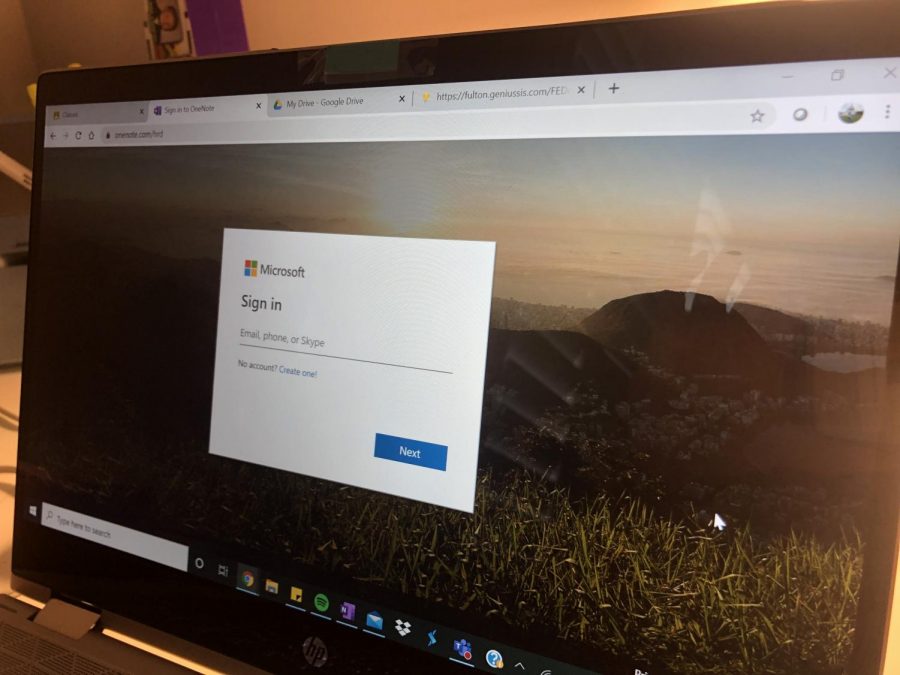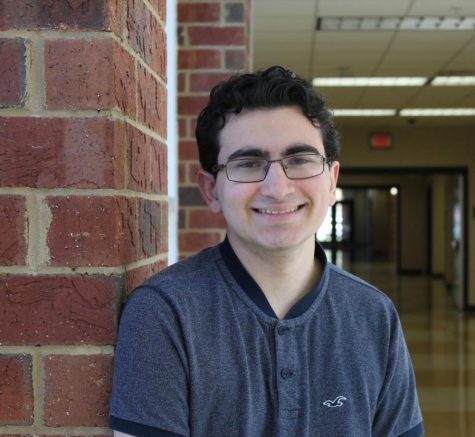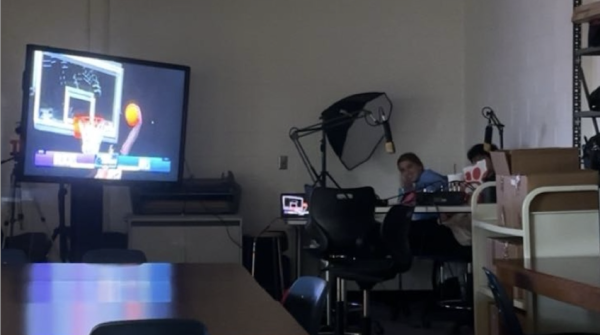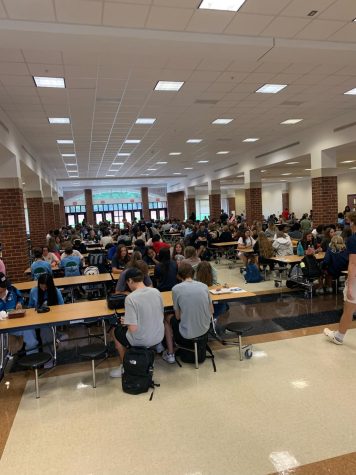Virus-Induced Education: How Teachers are Shifting to Online Learning During School Closures
Online learning platforms, such as OneNote and Google Classroom, are being used to deliver classroom content to students while schools are shut down.
March 16, 2020
The Coronavirus outbreak has continued to spread throughout the world, and while medical efforts to fight the affliction continue, the world must make do in the meantime. In an attempt to hamper the spread of the virus, many schools across the world have temporarily closed down, leaving many of their students stranded at home.
Fulton County, having taken the previous Tuesday and Wednesday off for this reason, has decided to extend the closure for an unspecified amount of time. With the inability to attend school, education has shifted online, where students will continue to learn for the time being.
The TeleSchool plan is the school district’s answer to this issue. Each subject will be assigned a day for students to work on it, with no more than 120 minutes of work assigned per day.
Students will work on whichever platform their teacher has specified, and students will have two weeks from the day school begins again to finish any outstanding work from this time.
The plan is set to begin on March 15.
The shift online has required a change of plans from many teachers, some of whom can more easily make the change than others. Science teacher James Seals, though there are modifications to be made, is optimistic about the ability for his subject to go online.
“We plan our lessons around talking for an hour, so there we will definitely see a change there,” he said. We’ll have to focus more on research-based activities.”
For a subject like science, where discoveries and the application thereof is the emphasis, teaching online is a relatively simple change. Instead of discovering and applying in person, they do so on a computer, with Google instead of textbooks and applications instead of paper.
Seals says most teachers, including himself, have been planning for the possibility of a shutdown for a while now. Most first considered the idea when Washington reported the first cases in the United States in January, with speculation rising as it continued to spread in the country.
But in some cases, planning cannot fully turn around an inherently poor situation.
Though French teacher Ann Leclair-Ash has done her best to adapt her lessons to the computer, she struggles with how foreign languages are, in most cases, more easily taught conversationally.
“I don’t think anything replaces face-to-face instruction,” she said. While there are attempts to bring something similar online with programs like voice chats, they are simply more difficult to set up than a simple in-school conversation, thereby making teaching foreign language more difficult.
For both Seals and LeClair-Ash, though, the timing is somewhat convenient. With the semester approximately half-way over, midterms and end-of-unit tests are coming up in both classes and others, making a simple “study the material” assignment more feasible than having students learn something new on their own.
The same is true for Social Studies teacher Lauren Hall, but less pronounced. She says her classes, such as World History and American History, are already mostly based on activities done online or with the textbook, requiring little effort to change the location from school to home.
But concerns do exist in other ways. She fears students may not have the same engagement as they normally would, with the lack of a teacher watching over them and the ability to do anything else at home being a distracting prospect, as well as students who simply may not learn well with the new method.
While she is trying to avoid such a possibility by developing multiple methods of instruction, the fear still exists.
While not attending school is usually an appealing prospect, pairing it with a worldwide infection makes it less so. Until the troubles pass and things return to normal, these sorts of developments will continue to alter people’s daily lives.












